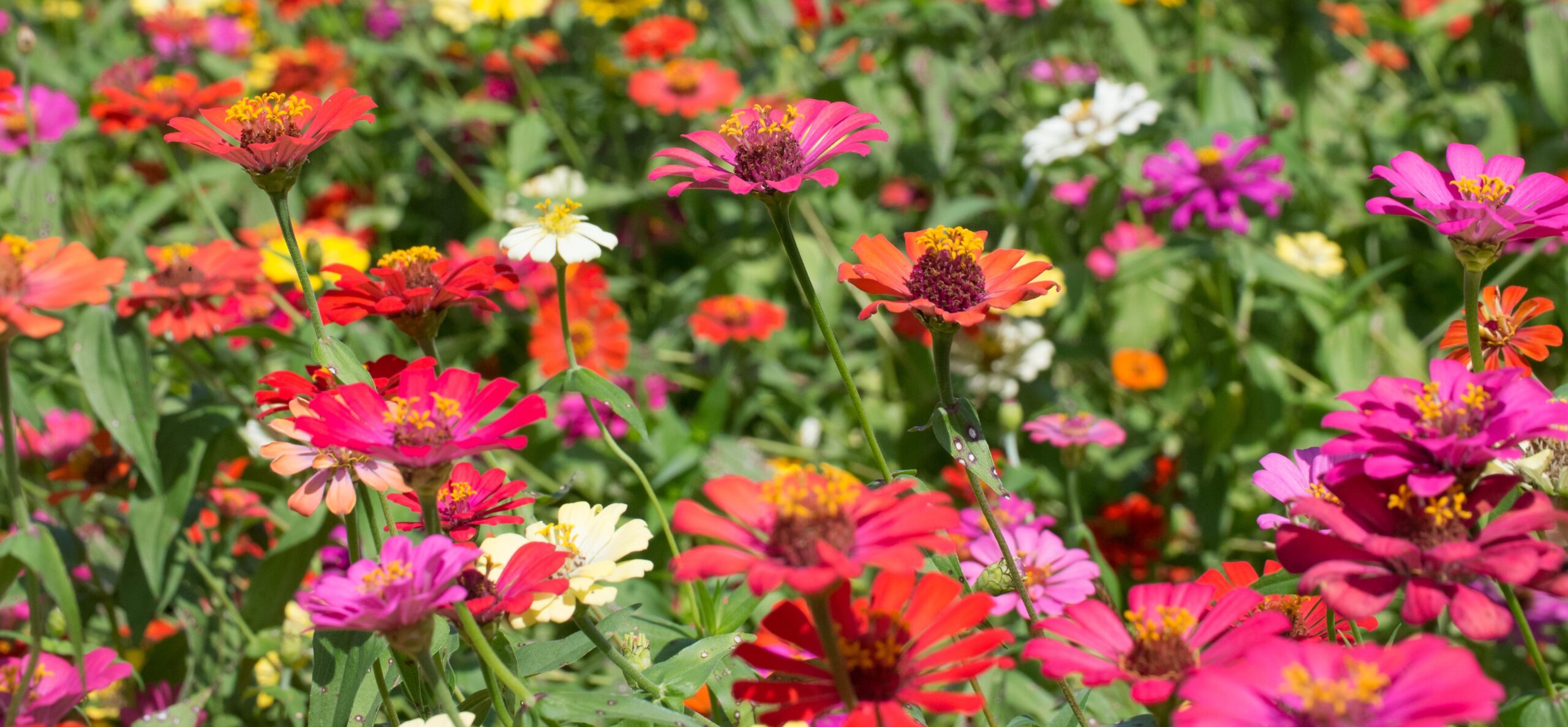
Issue Area
Pesticides
Overview
The United States is one of the world’s top pesticide users in the world, applying over 1 billion pounds of pesticides annually. Today, it is nearly 100% likely that every American has pesticides in their bloodstream due to regular pesticide exposure. Evidence suggests significant societal and environmental harm associated with increasing pesticide use as the EPA continues to approve new products while failing to restrict toxic pesticides.
Excessive pesticide use has massive economic, environmental, and human health impacts. A class of insecticides called neonicotinoids appear in products sold to homeowners for use in lawns and gardens, as well as larger agricultural productions. These pesticides contribute to global pollinator decline by impairing bee’s growth rates and navigational ability. Chlorpyrifos, a member of the organophosphate class, is used in agricultural production and is one of the most dangerous pesticides on the market for people. Excess exposure causes acute poisonings in farmworkers and is linked to developmental abnormalities in children. Targeted pesticide use would benefit both people and pollinators.
Key Facts
The EPA estimates that every year approximately 13,000 to 15,000 U.S. farmworkers fall ill due to pesticide exposure. And when accounting for undiagnosed workers, that number could be as high as 300,000 acute illnesses every year.
80% of public housing developments in New York state applied pesticides inside apartments and in common areas regularly.
A recent study from the University of Maryland found that U.S. beekeepers lost 43.7% of their honey bees from April 2019 to April 2020, the second-highest rate of decline the researchers’ have observed since they started the survey in 2006.
